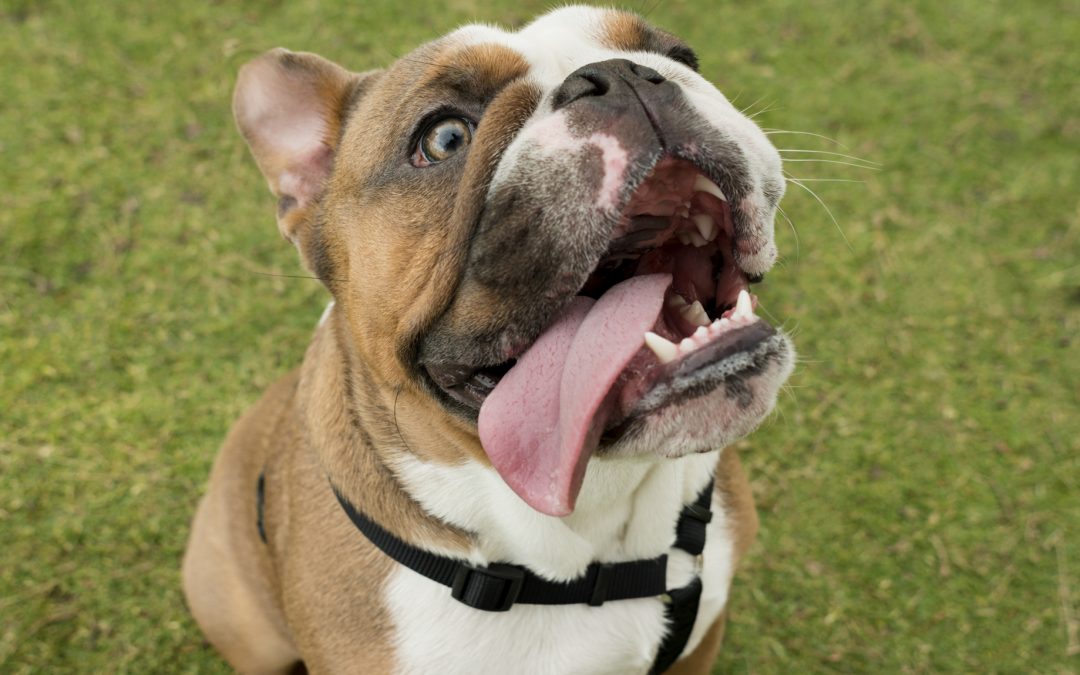You don’t have to look at the calendar to know that summer has arrived here in the Valley. Even though it’s still springtime, the heat is already here. For our canine family members, that means the threat of heat stroke is real, and we must take necessary precautions to protect them.
Which Dogs Are At Greatest Risk?
When it comes down to it, all dogs are susceptible to heat stroke. But extra attention should be given to those with short noses (like bulldogs and pugs), dark or heavy coats, and/or underlying respiratory or heart disease. Senior and obese dogs are also at risk and should be monitored carefully.
Signs Of Heat Stroke
According to the Textbook of Veterinary Internal Medicine, heat stroke hyperthermia is defined as “a severe elevation in body temperature from 104.9°F to 109.4°F after an animal has been exposed to elevated ambient temperatures or has performed strenuous activity.” If you detect the following signs after heat exposure, you should seek medical attention immediately:
- Excessive panting
- Excessive drooling
- Collapse
- Vomiting
- Diarrhea
- Abnormal behavior
- Stumbling
- Muscle twitching
Sadly, death is also a possibility, so you want to be extremely watchful if you notice any of the above signs. When taking your dog to the vet, you should place cool, wet towels around him and put rubbing alcohol on his pads to help lower his temperature. Note: This is not a substitute for veterinary care. Even if you are successful in bringing your pet’s temperature down, he may also need oxygen treatment, IV fluids, sedation, or blood work to check for secondary life threatening internal organ complications.
How To Avoid Heat Stroke
Common sense should come into play when it comes to protecting your dog from heat stroke, but here are some general guidelines you should pay attention to:
- Keep your dog indoors when temperatures rise. At the very least, when your dog must be outdoors, make sure he has ample access to cool water and shade.
- Never leave your dog in an unattended car for any amount of time. Even as little as 10 minutes in a hot car can take your fur baby’s life.
- Give your dog a summer haircut, but make sure not to go too short. Skin exposure can cause sunburns. Also, for some breeds, their fur serves as insulation, so you will want to check with your vet or a knowledgeable groomer about what is best.
- When exercising your dog, make sure you do so either in the early morning or later in the evening. Don’t over-exercise your dog, as there can still be a risk of heat stroke even if the sun has gone down. You should also check to make sure the ground temperature isn’t too hot. If it’s too hot for your feet, it is also too hot for your dog’s.
Hopefully, your dog will never have to experience a heat stroke. If you follow the above guidelines, you will be on the right path to caring for your dog when the heat is on. Should you need more information or immediate medical care for your dog, contact us here at Anasazi Animal Clinic. Mention this blogpost and receive 15% off of your pet’s next exam if booked in May.

